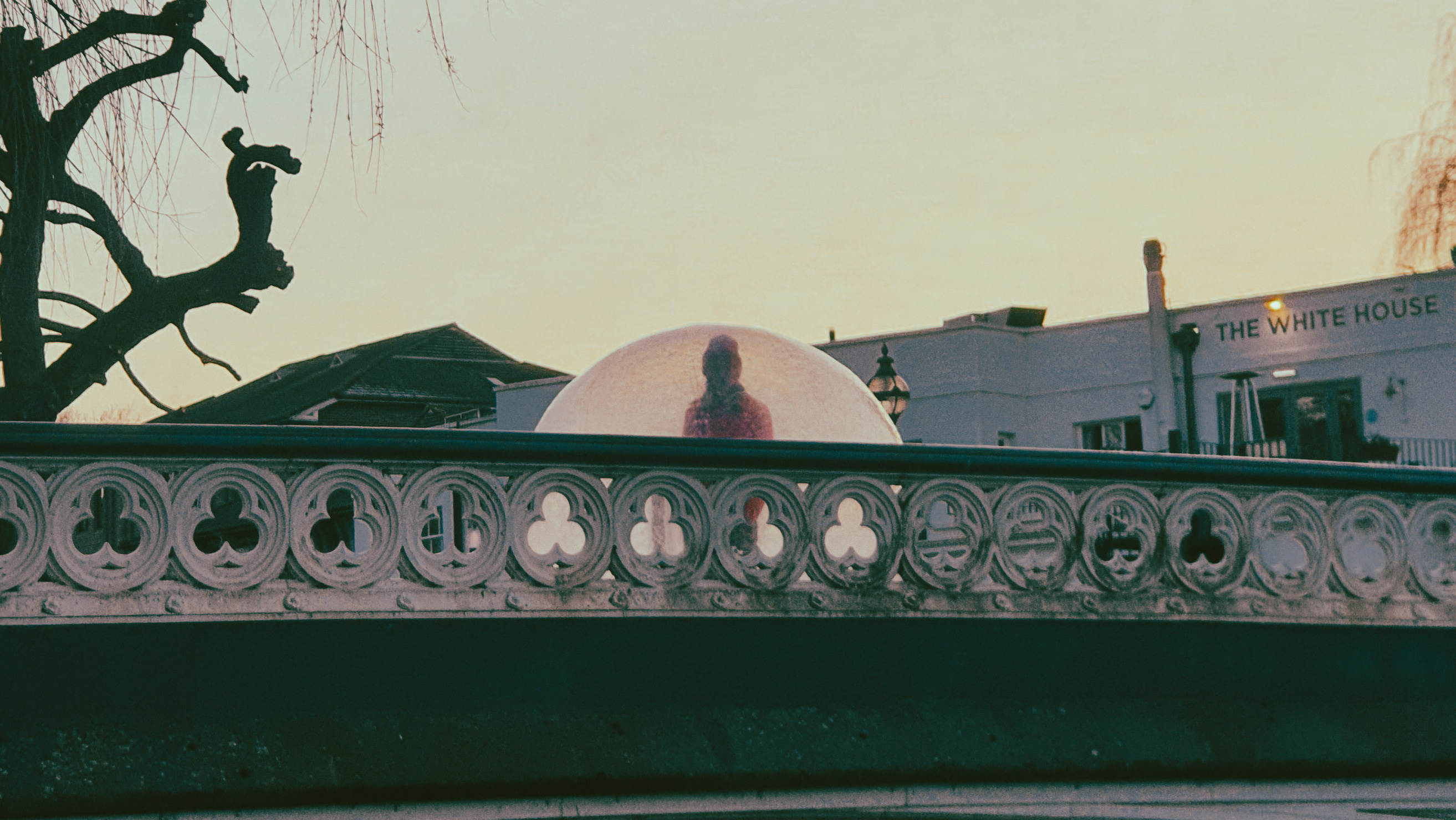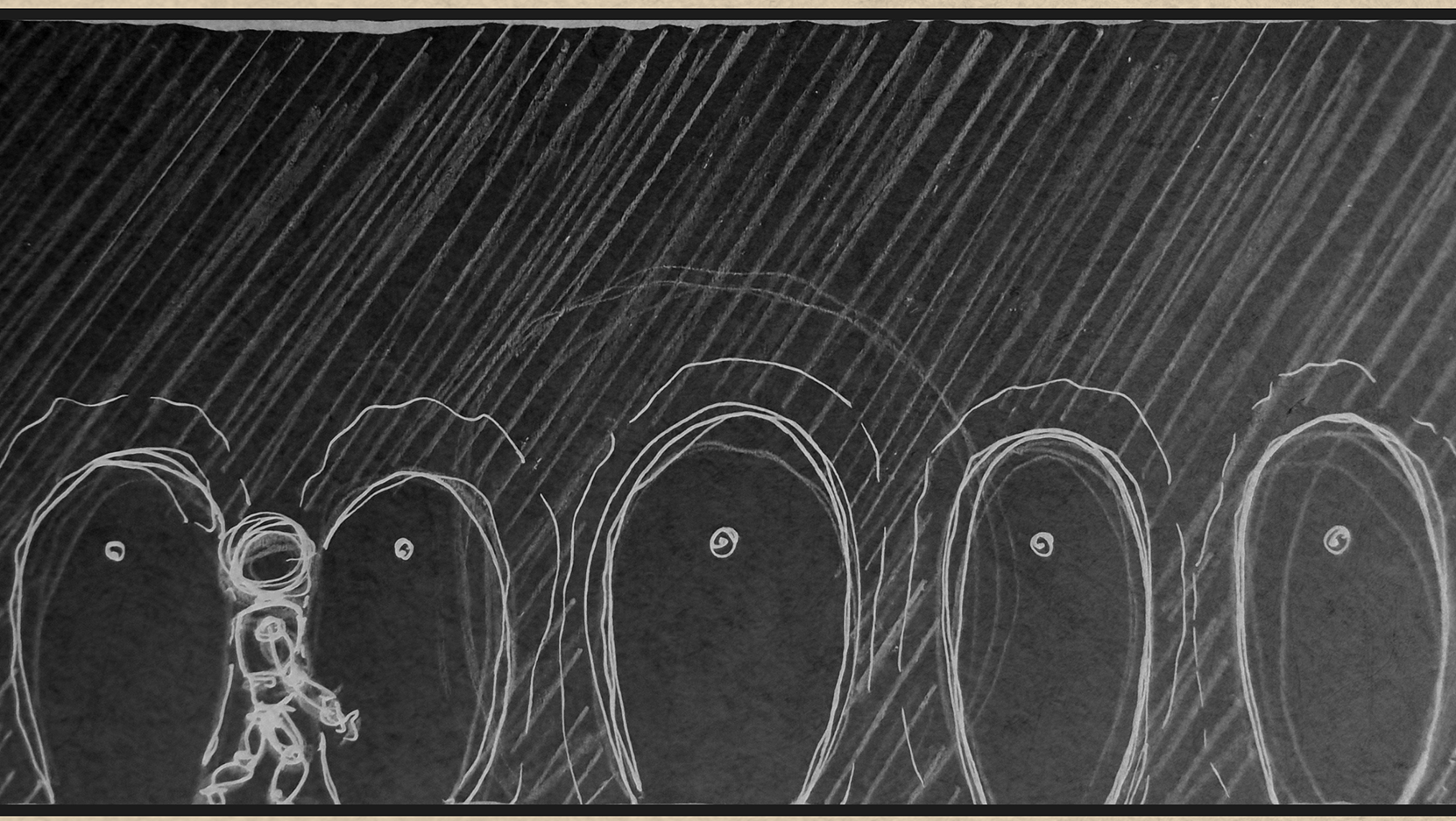A video essay on craft of directing.
Introduction:
A film director oversees the artistic and technical aspects of a film, bringing the project's vision to life through collaboration with actors, scriptwriters, editors, cinematographers and designers through the stages of pre-production (scheduling and prep), production (set and filming), and post-production (editing and finalisation) making sure that project’s vision successfully realised.
Directors are responsible for interpreting scripts guiding actors' performances, making decisions throughout filming, and working closely with the production team.
Remember different directors will analyse the same script in different ways.
Their unique style and vision play a role in shaping how a film ultimately turns out. Films like "Se7en" and "The Grand Budapest Hotel" show each director's vision and perspective through intricately woven narratives for Fincher and Wes Anderson's meticulous visuals. Their meticulous approaches guide audiences through stories and set distinctive styles.
Successful directors understand their responsibilities and tools.
Section 2: Storytelling
These tools lead us to exploration of cameras, lenses, framing and light addition to the mise en scene elements. To bring stories alive through visual storytelling, directors use cinematography as their language.
An example, in Guillermo del Toro's "Pan's Labyrinth," the director and cinematographer Guillermo Navarro create a visually stunning dark fairy tale. Del Toro's blend of reality and fantasy is vivid in the mesmerizing Pale Man scene. Practical effects, detailed sets, and imaginative camera work transport the audience into Ofelia's magical, perilous world. Del Toro's use of rich colors and haunting images enhances the story and adds emotion.
Another one with Chrtistopher Nolan’s "Inception," he teams with cinematographer Pfister to craft a visually mind-bending heist thriller. Nolan's storytelling shines in the iconic rotating hallway, where gravity manipulation impacts the narrative. Pfister uses practical effects, precise framing, and seamless dream level shifts adding to the film's visual brilliance. The cinematography acts as a narrative guide, aiding the audience through the complex dream layers.
Whether del Toro or Nolan, their visions combined with cinematography elevate storytelling. They create unforgettable worlds with unique styles, like fantastical scenes in Pan's Labyrinth or visually mind-bending sequences in Inception.
Section 3: Directing Actors
Directors work closely with casting directors and actors to physically and emotionally fit roles. During rehearsals and filming, directors guide actors to interpret characters in a collaborative environment. This allows experimentation and authenticity. Martin Scorsese explores psychological depths with Robert De Niro. Quentin Tarantino allows actors freedom to shape characters, seen in "Taxi Driver" and "Pulp Fiction." The magic lies in shared storytelling commitment, where directors skillfully guide actors to elevate scripts through performances.
Section 4: Editing as a Narrative Tool
Directors shape the final narrative in editing. In the editing room, directors with editors refine raw footage ensuring each shot serves the story. They make choices on pacing, order, and visual consistency, utilizing techniques enhancing a scene's emotion. Directors like Alfred Hitchcock and Stanley Kubrick edited closely, recognizing editing's rhythm and flow are key to a compelling story. Through their know-how, directors bring together visuals, crafting a smooth immersive viewing.
Conclusion: The Director's Signature
In the end, we reflect on how directors like Nolan, Anderson, Tarantino, Kubrick, Scorsese, and Fincher leave lasting marks with their filmmaking choices. Looking at auteur theory, their consistent styles and themes raise them to auteur status. This is a reminder to appreciate and scrutinize the art of directing, seeing its deep effect on movies.
As our journey through directing ends, we thank the creative people enriching film. The credits list sources and attributions for clips, showing teamwork sharing stories.
Directors are the directors of film, crafting tales that move people globally. This look at directing offers deeper respect for the art, continually molding our movie experiences.



















